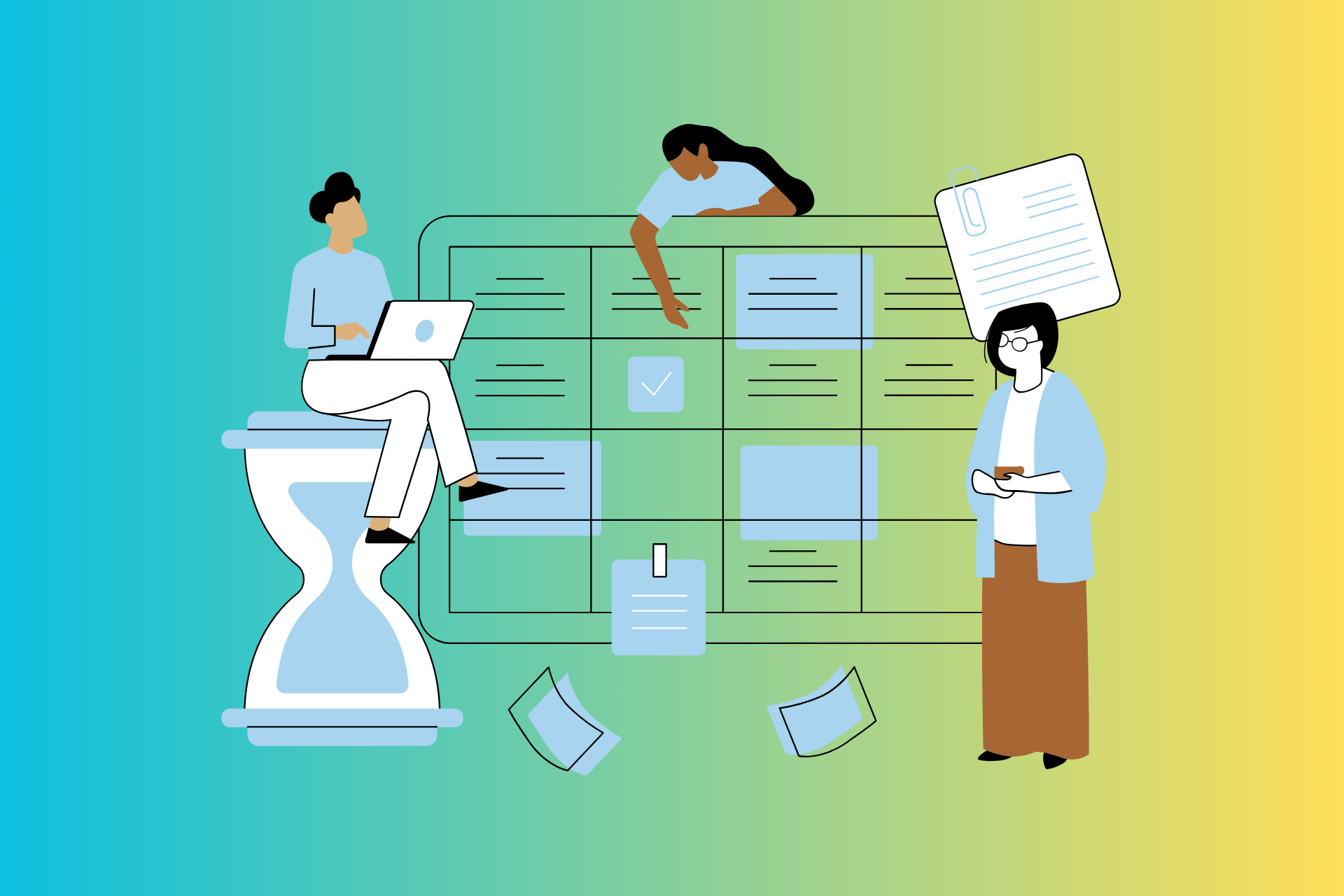What is the purpose of a meeting agenda?
A meeting agenda is a document that outlines the topics to be discussed and the order in which they will be discussed during a meeting. The agenda also provides a timeline for the meeting and may include other information such as the location, time, and participants.
The purpose of an agenda is to help the meeting participants prepare for the discussion and to keep the meeting organized and on track. By having an agenda, the meeting can be more productive and efficient.
An agenda can be created by the meeting organizer or facilitator, or it can be created by the participants. However, it is important that all participants have a copy of the agenda before the meeting starts. This way, everyone is aware of the topics to be discussed and the order in which they will be discussed.
If you are the one creating the agenda, it is important to be clear and concise. List the topics in the order in which they will be discussed, and provide a brief description of each topic. It is also helpful to include a timeline for the meeting. This will help keep the meeting on track and ensure that all topics will have the best chance of being covered.
Once the agenda is created, it is important to share it with all participants in advance of the meeting. This way, everyone has a chance to review the topics and prepare for the discussion.
An agenda is an important tool for ensuring that meetings are productive and efficient. By taking the time to create an agenda, you can help make your next meeting a success.
What should be in a meeting agenda?
A meeting agenda should include a list of items that participants hope to accomplish at a meeting. The agenda should be distributed to attendees in advance so that they can come prepared with questions, comments, or suggestions.
An effective agenda includes:
- The purpose of the meeting. Why are you meeting? What do you hope to accomplish?
- A list of topics to be discussed. What topics will be covered? In what order?
- The name of the person who will be leading the discussion for each topic. Who is responsible for each discussion?
- Allocated time for each topic. How much time do you have to discuss each topic?
- The location of the meeting. Where will the meeting be held?
- The date and time of the meeting. When will the meeting take place?
- The name and contact information of the meeting organizer(s). Who is organizing the meeting?
An agenda is a key tool in ensuring that a meeting is productive and efficient. By distributing an agenda in advance, you can avoid the common issue of attendees showing up unprepared. By including all relevant information, you can avoid wasted time and confusion.
How do you start a meeting agenda?
If you're in charge of creating the agenda for a meeting, you may be wondering where to start. The good news is that there's no right or wrong way to do it. However, there are a few things you may want to keep in mind as you get started.
First, think about the purpose of the meeting. What are the goals? What needs to be accomplished? Once you have a clear idea of the purpose, you can start to determine what topics need to be covered.
Next, consider who will be attending the meeting. Make sure to include items that will be of interest to all attendees. You may also want to consider designating time for each topic. This will ensure that everyone has a chance to contribute and that the meeting stays on track.
Think about what format you want the meeting to take. Will it be a traditional meeting with a presentation and discussion? Or, would you prefer a more informal setting where attendees can share their thoughts and ideas?
Once you've considered these factors, you can start to put together your agenda. Start with a simple outline of the topics you want to cover. Then, add in any additional details, such as who will be presenting on each topic and how much time should be allocated for each item.
If you keep these tips in mind, you'll be well on your way to creating a successful meeting agenda.
How do you structure a meeting?
When you're hosting a meeting, you want it to be as effective as possible. That means having a clear structure that keeps everyone on track. Here's how to do it:
- Start with a clear purpose. Why are you meeting? What do you hope to accomplish? Be as specific as possible.
- Make a agenda. List out the topics you want to cover, and assign a specific amount of time to each. This will help keep the meeting moving and prevent tangents.
- Assign roles. Choose who will lead each discussion, and who will take notes. This will help keep the meeting organized and focused.
- Stick to the schedule. Try to start and end on time, and don't spend too much time on each topic. This will keep everyone engaged and prevent the meeting from dragging on.
- Follow up. After the meeting, send out minutes or a recap of what was discussed. This will help everyone stay on the same page and remember what needs to be done.
Who prepares the agenda for a meeting?
Most meeting agendas are prepared by the meeting's chairperson. In some cases, the chair may ask a member of the group to prepare the agenda. If the meeting is being held by an organization or company, the agenda may be prepared by the organization's staff.
The agenda should be distributed to the meeting's participants in advance, so that they can see what topics will be discussed and can prepare any materials they need. The agenda should also be sent to any attendees who are not able to be at the meeting, so that they can follow along.
The agenda should be designed to help the meeting run smoothly and efficiently. It should be clear and concise, and should list the topics in the order that they will be discussed. The agenda should also include any time limits for each topic, so that the meeting can stay on track.
Preparing an agenda may seem like a simple task, but it is important to remember that the agenda is the key to a successful meeting. By taking the time to prepare a well-designed agenda, you can help ensure that your meeting is productive and informative.
What is a meeting agenda example?
Most people recognize a meeting agenda when they see one because the format is usually very standard. An agenda should list all of the topics that will be discussed during a meeting, as well as the order in which they will be discussed. This allows everyone in attendance to know what to expect and to be prepared for the discussion.
A meeting agenda example might look something like this:
- Welcome and introductions
- Review of previous meeting minutes
- Project updates
- Open discussion
- Next steps and action items
- Wrap up and adjournment
Of course, this is just a general example and the topics and order of discussion will vary depending on the specific meeting. However, this gives you a good idea of the kind of information that should be included in an agenda.
If you're responsible for creating the agenda for a upcoming meeting, be sure to include all of the essential information. This will help to ensure that the meeting is productive and efficient.
For some more specific examples and templates, please view Topicflow’s template library. We have a collection of meeting templates designed for common scenarios such as Your First 1-on-1 with a new Team Member, How to Discuss Strengths with an Employee, How to Have Difficult Conversations with an Employee, and more.



